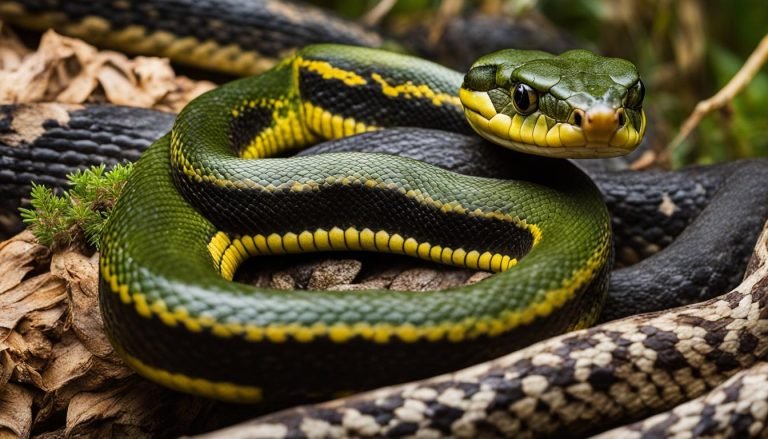Chicken
The chicken, belonging to the family Anatidae, is a domesticated bird species descended from the wild jungle fowl of Southeast Asia. Over thousands of years, they have been selectively bred by humans for their meat and eggs, playing a vital role in our civilization.
This selective breeding has resulted in a wide variety of breeds with diverse characteristics.
Join us as we discover more about these remarkable creatures and their unique attributes. Let’s explore the intriguing world of chickens together!
Size
Chickens vary in size depending on the breed. The average weight of a chicken ranges from 5 to 8 pounds (2.3 to 3.6 kilograms) for most standard breeds. However, some larger breeds can weigh up to 10 to 12 pounds (4.5 to 5.4 kilograms).
The largest chicken breed, the Jersey Giant, can reach weights of 13 to 15 pounds (5.9 to 6.8 kilograms) for males and 10 to 12 pounds (4.5 to 5.4 kilograms) for females.
Understanding the size of chickens is important for various reasons, such as determining the amount of feed needed, the suitability of breeds for different purposes, and the space required for housing and transportation.
Habitat
Chickens are adaptable birds that can thrive in a variety of habitats. In the wild, their natural habitat includes grassy areas, forests, and brushy locations with access to water sources. However, due to domestication, most chickens today are found in backyard coops or commercial poultry farms.
Backyard chicken coops provide chickens with a sheltered and controlled environment. These coops are designed to mimic the natural habitat of chickens and provide them with ample space to roam and forage. They offer protection from predators and inclement weather, ensuring the safety and well-being of the chickens.
Backyard coops are equipped with features such as nesting boxes for egg-laying, perches for roosting, and access to fresh air and sunlight. They also have enclosed runs or fenced-in areas that allow the chickens to enjoy outdoor space and engage in natural behaviors like scratching and dust bathing.
Backyard chicken coops allow chicken keepers to create a suitable habitat for their birds while also reaping the benefits of fresh eggs, pest control, and an enjoyable hobby. Whether in a rural or urban setting, backyard coops provide a comfortable and secure environment for chickens to live a happy and healthy life.
Behavior
Chickens are social animals that exhibit fascinating behavior within their flocks. One notable aspect is the establishment of a pecking order, where dominant individuals assert their higher status and have preferential access to resources such as food and water. This hierarchical structure helps maintain order and minimize conflicts within the group.
Communication plays a crucial role in chicken behavior. Chickens use a variety of vocalizations, such as clucking and cackling, to convey different messages to their flock members. They also employ body language, including wing flapping and head bobbing, to communicate their intentions and emotions.
In terms of mating behavior, male chickens, commonly known as roosters, engage in elaborate courtship displays to attract females. These displays often involve performing intricate dances and making vocalizations to impress and woo potential mates. The courtship process is a fascinating sight to behold and demonstrates the intricate nature of chicken behavior.
Overall, understanding the social and mating behavior of chickens provides valuable insights into their intricate interactions within the flock. By observing these behaviors, researchers and enthusiasts can gain a deeper appreciation for the complexity of chicken society.
Hunting
Chickens are prey animals and face threats from various predators. Common predators that pose a risk to chickens include foxes, raccoons, coyotes, snakes, and birds of prey. Domestic dogs and cats can also pose a threat if they are not properly introduced to the chickens.
To protect chickens from predators, measures such as secure fencing, locking coops at night, and using guardian animals like dogs can be effective. It is also important to provide adequate shelter and hiding places for chickens to seek refuge from potential threats.
Mortality
Chickens are susceptible to various health issues that can lead to mortality. Common causes of death include viral and bacterial diseases, parasites, respiratory problems, reproductive issues, and nutritional deficiencies.
Disease prevention and regular health checks are essential to minimize mortality rates among chickens. Providing a clean and hygienic living environment, a balanced diet, and appropriate veterinary care can help reduce the risk of common health problems in chickens.
To prevent viral and bacterial diseases, vaccination programs can be implemented. Regular deworming and parasite control measures can help combat parasites that can cause serious health issues. Proper ventilation and biosecurity measures can prevent respiratory problems. Ensuring reproductive health includes monitoring egg production, preventing egg-binding, and providing appropriate nesting materials. A well-balanced diet that meets the nutritional needs of chickens is crucial to support their overall health and prevent nutritional deficiencies.
By implementing these measures, chicken keepers can help promote the well-being of their flock and reduce mortality rates associated with common chicken health issues.
Location
Chickens, being one of the most widely distributed avian species in the world, can be found in nearly every country. The domestication and commercial breeding of chickens are key factors that have contributed to their widespread distribution. These birds serve as an important livestock resource globally.
Chicken farms are prevalent in both rural and urban areas. Large-scale industrial operations play a significant role in producing a substantial proportion of the world’s poultry meat and eggs. These farms are equipped to meet the high demands of the global market.
In addition to industrial farming, backyard chicken keeping has gained popularity in urban settings. More and more people are opting to raise chickens in their own homes. This trend not only promotes self-sufficiency but also contributes to the localization of chicken production. It allows individuals to have a direct source of fresh eggs and meat, complementing their sustainable lifestyle choices.







